Christmas Decorations in Clapham
Tuesday, December 24th, 2024The Christmas decorations in the streets around Clapham were very minimal this year.
Click on the images to see them larger.
The Christmas decorations in the streets around Clapham were very minimal this year.
Click on the images to see them larger.
It’s been a long time since I last made a 360° panorama of a Cornish church, but last week I photographed St Wyllow’s Church at Lanteglos-by-Fowey, a largely 14th century church, sensitively restored in 1904-6 by EH Sedding, with wood carving by Violet Pinwill.
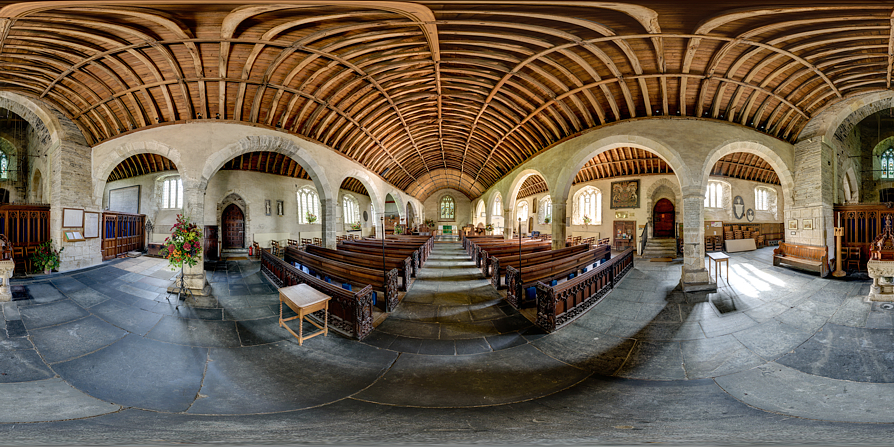
Over the last year I’ve been working with Sam (Mr Ghostsigns) Roberts on producing a book documenting London’s Ghost Signs.
Sam has done all of the writing, most of the photography is mine and we’ve shared the research. The book features over 250 of London’s ghost signs and we think it’s the most comprehensive book on ghost signs ever published.
The book is accompanied by a detailed online map, locating all the signs featured and many more, with itineraries for those wanting to venture out and discover the signs in person.
Edited 28/07/2024: The book has almost sold out and unfortunately will not be going to a second edition. The last few copies are available through Sam’s shop.
During the early part of my career as an architectural photographer I was lucky enough to be asked to do the photography for both the 1066: English Romanesque Art exhibition at the Hayward Gallery in 1984 and the Age of Chivalry: Art in Plantagenet England 1200-1400 exhibition at the Royal Academy in 1987-88. This sparked a life-long interest in medieval art and architecture.
As part of my research before setting out to visit and photograph a new (to me) church, one of the websites I would always visit was paintedchurch.org, Medieval Wall Painting in the English Parish Church, a labour of love put together by Anne Marshall over a period of some 18 years. It featured detailed academic articles on several themes of medieval wall painting as well as articles on hundreds of individual paintings in hundreds of parish churches. I was very disappointed when it disappeared from the internet in 2018.
Read more…On private land just to the south of Hawk’s Tor on Bodmin Moor stands the Stripple Stones, the only stone circle in Cornwall to be in a henge (a bank and ditch). The circle dates to the late neolithic (2800-2000bce) and is about 45m in diameter. Originally there were thought to have been between 28 and 37 stones of which 15 remain. Some of these had fallen, but most were re-erected during a recent restoration.
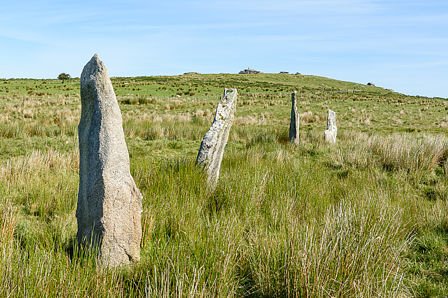
At some time in the past the circle had been cut through by a boundary wall. This wall was moved outside of the monument as part of the restoration.
Read more…Last month I added a three panorama tour of St Cuby’s Church, Duloe.
The church was built between the 13th and 15th centuries and the north aisle added in the 16th. It was restored in 1860 by J P St Aubyn. The Coleshull chantry chapel has some fine examples of 15th and 16th century slate tomb memorials.
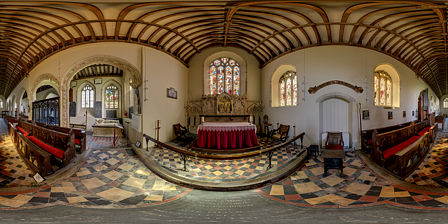
While I was there I also photographed and made a panorama of the Duloe Stone Circle.
Read more…On a recent trip to Paris I took the opportunity to revisit the Sainte-Chapelle. My previous visit had been during the restoration of the stained glass windows, half of which had been covered in scaffolding.
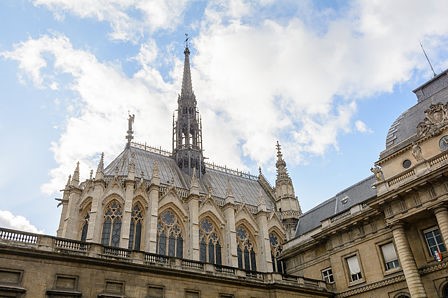
Sainte-Chapelle was built in the Rayonnant Gothic style between 1242 and 1248 on the the Île de la Cité in Paris to house Louis IX’s collection of relics of the Passion of Christ. The upper chapel is adorned with a unique collection of fifteen windows, each one 15 metres high, and a large rose window (which was added about 150 years later) forming a cage of glass, two-thirds of which is original. The windows depict over 1,100 scenes from the bible.
Read more…I’ve just added another eight churches to my collection of 360° panoramas of the interiors of Cornish parish churches. On my first foray I photographed Launcells, Week St Mary, North Tamerton and Treneglos. I did visit another four, but they were all locked with only two giving details of a keyholder. Of the two that did, one was out and the other slammed their window shut when I rang the doorbell and wouldn’t come to the door. Not much point in them having the key!
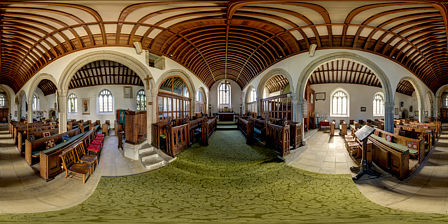
Later that week I contacted the rector of St Conan’s, Washaway to see if I could gain entry there as I know that church is normally kept locked. I was really pleased when he got back to me saying that the church has a key safe to which he gave me the combination. Wouldn’t it be wonderful if more churches that feel the need to stay locked took up this idea. St Conan’s is a very small chapel attached to the parish of Wadebridge – the two main churches are Egloshayle and St Breock. It was built in 1883 but it contains a Saxon font, one of the oldest in the country. It also has a 16th century carved wooden pulpit brought from Germany from which Martin Luther is thought to have preached.
Read more…While my car was being serviced during a recent trip to Cornwall I took the opportunity to do the photography for a 360° panoramic tour of Truro Cathedral. The cathedral has a policy of allowing photography, but ask for a fee of £5 to use a tripod – which seems very reasonable to me. I made six panoramas for the tour, the west front, the nave, crossing, chancel, St Mary’s aisle and the All Saints chapel behind the high altar.
Later this year – on Sunday 30 September leaving at 10am and 2pm from Clapham North Station – Ghostsigns and the Clapham Society are getting together to do a one-off tour of the ghostsigns of Clapham (follow CS link to book). I’ve been helping them to prepare for this with some local research and by letting them use some of my photos. I’ve also been trying out some different techniques to reconstruct how the ghostsigns might have looked when they were new.
Read more…